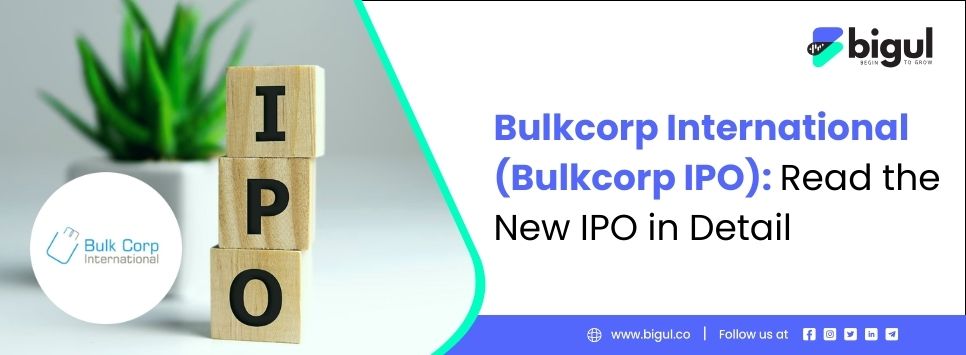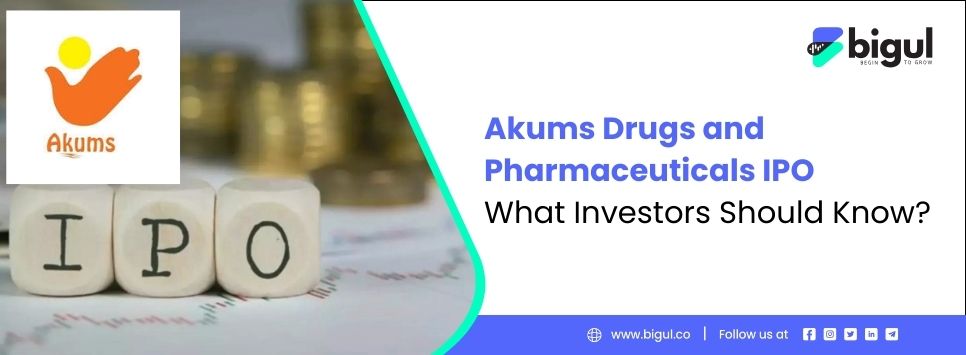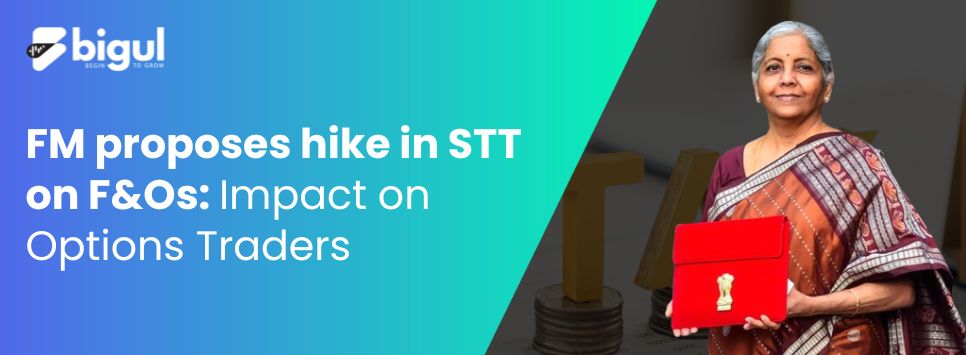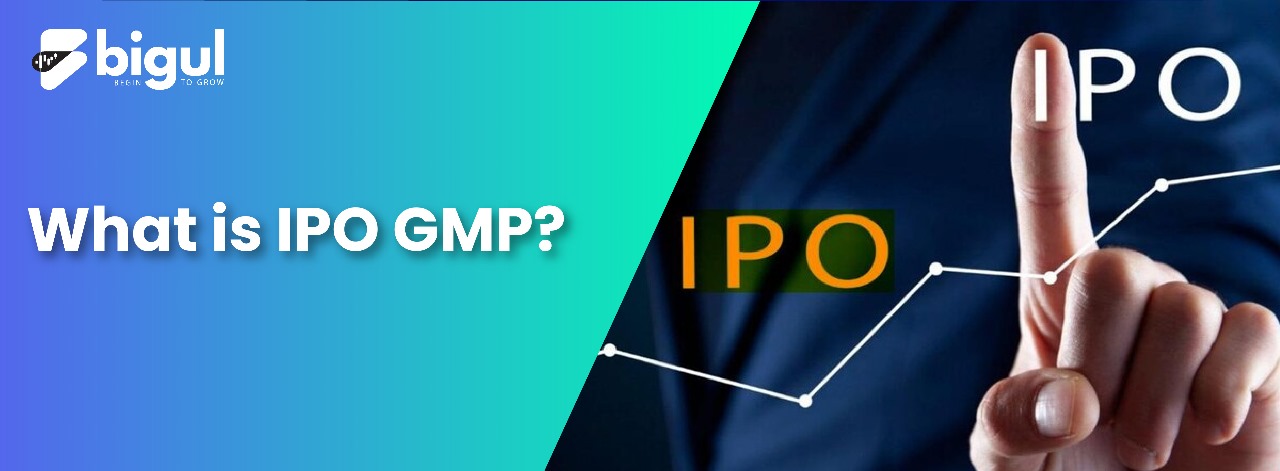In the world of finance, Initial Public Offerings (IPOs) represent a pivotal moment for companies seeking to go public and for investors eager to seize opportunities in the stock market. IPOs are exciting and bring a lot of expectations. But one important metric, the IPO GMP, often steals the show. This strange figure, known as the “Grey Market Premium,” plays a crucial role in shaping investor sentiment and decision-making.
In the following writing, we will define, calculate, explain, and apply IPO GMP to investment strategies in the ever-changing financial landscape.
What is the Grey Market IPO?
A Grey Market IPO refers to trading shares in an initial public offering (IPO) before they officially list on a stock exchange. It occurs between the IPO’s pricing announcement date and trading commencement dates. Investors buy and sell these shares based on expected demand and pricing, even though they aren’t yet publicly available.
Grey market trading helps gauge investor sentiment and can influence the stock’s opening price when it starts trading on the exchange. It’s a way for investors to speculate on IPOs before they become publicly tradable.
What is IPO GMP (Grey Market Premium)
IPO GMP is also known as Grey Market Premium. It represents the difference between the unofficial market price of a newly issued stock in the pre-listing or grey market and its official IPO offer price. It reflects investor sentiment and expectations regarding the IPO’s performance once listed on a stock exchange.
A positive GMP suggests strong demand, while a negative GMP indicates less enthusiasm. Investors often use this metric as a preliminary gauge of an IPO’s potential success, although it should be considered alongside other factors when making investment decisions.
How Does the Grey Market Work?
The Grey Market operates as a secondary market for securities, particularly during the period between a company’s initial public offering and its official listing on a stock exchange. Here’s how the Grey Market works:
Imagine a company, ABC Ltd., is planning to go public and issue shares through an IPO. Before the IPO’s official listing, there is a period when shares are allocated to institutional investors and retail investors who have successfully subscribed to the IPO.
During this period, a secondary market known as the Grey Market emerged. Grey Market Price (GMP)In the Grey Market, investors buy and sell shares of ABC Ltd. based on their expectations of the company’s future performance. The price at which these transactions occur is known as the Grey Market Price or GMP.
For instance, if ABC Ltd.’s IPO price is set at Rs 100 per share, the GMP may be Rs 20, meaning shares are trading at Rs 120 in the Grey Market.
Salient Features
- Demand-Supply Dynamics: GMP is affected by investor demand, corporate financial prospects, market mood, and economic conditions. If there’s high demand for ABC Ltd.’s shares due to positive market sentiment, the GMP may rise.
- Trading Mechanism: Trading in the Grey Market is typically conducted through informal networks, brokers, or online forums. Investors looking to buy or sell shares at a specific GMP connect with potential counterparties.
- Settlement: Grey Market transactions are settled in cash, meaning buyers pay sellers the agreed-upon GMP without taking possession of physical shares. It’s essential to note that Grey Market trading carries risks, as it’s not regulated like formal stock exchanges. Investors should exercise caution, conduct thorough research, and consider professional advice when participating in Grey Market activities.
How is the IPO GMP Calculated?
The IPO Grey Market Premium (GMP) is typically calculated as follows:
IPO GMP = Grey Market Price – IPO Price
Here’s a breakdown of the components in the formula:
- IPO GMP: This is the Grey Market Premium you want to calculate. It represents the premium or discount at which the IPO shares are trading in the grey market compared to their issue price.
- Grey Market Price: This is the price at which the IPO shares are trading in the unofficial or grey market. It’s determined by supply and demand forces in this secondary market and can fluctuate before the official listing.
- IPO Issue Price:This is the price at which the company initially offers its shares to the public during the IPO. It is typically set by the company and underwriters based on various factors, including market conditions and investor demand.
Once you have these two values, you can simply subtract the IPO Issue Price from the Grey Market Price to calculate the IPO GMP. When the result is favourable, the grey market prices the shares higher, whereas a negative result signals a discount.
This information can help investors assess market sentiment and demand for IPO shares after they float on a stock exchange.
What is Kostak Rate?
Kostak Rate, primarily used in the Indian stock market, refers to the premium or rate at which investors can sell their application forms for an Initial Public Offering (IPO) before the IPO’s actual listing. It represents the demand for IPO shares in the grey market.
A higher Kostak Rate indicates strong demand for the IPO, while a lower rate suggests weaker demand. Investors often use this rate to indicate market sentiment and potential listing gains, although it’s important to note that it’s an unofficial and speculative metric.
Factors Influencing IPO GMP
IPO GMP is determined by many aspects, providing investors and analysts with significant knowledge. The following factors affect IPO GMP:
- Market Sentiment: Market sentiment, the collective mood of investors, significantly influences Grey Market Premium (GMP) in IPOs. When investors are optimistic and eager to invest in new offerings, GMP tends to be higher, reflecting strong demand and potentially driving up the price in the grey market. Conversely, during bearish market conditions or when investor confidence is low, GMP may be lower or even negative, indicating subdued interest in the IPO. Market sentiment sets the tone for investor behaviour and directly impacts the initial trading dynamics of the newly listed company’s shares.
- Company Fundamentals: The financial health and performance of the company significantly affect Grey Market Premium. A company with strong financials demonstrated profitability, and promising growth prospects is more likely to attract investor interest, leading to a higher GMP. On the other hand, companies with weak financials or uncertain prospects may generate lower GMP, as investors are less confident about their investment potential. In essence, the fundamental strength of the company is a critical driver of GMP, with robust financial indicators typically correlating with a more favourable GMP.
- Industry and Sector: The industry or sector in which a company operates significantly affects its Grey Market Premium. High-growth sectors like technology or healthcare often command higher GMPs due to their promising prospects. In contrast, traditional or slow-growing sectors may experience lower GMPs. Investor sentiment towards specific industries, coupled with the perceived potential for growth, plays a vital role in determining GMP. This makes industry choice a crucial factor for companies planning an IPO.
- Understanding these factors and their interplay is essential for investors looking to gauge the potential performance of an IPO.
- Company Reputation: A company’s established credibility and track record significantly impact its GMP. Firms with a history of success, ethical practices, and a strong brand image tend to attract more investor trust and interest, resulting in a higher GMP. Conversely, companies with a tarnished reputation or a history of financial issues may struggle to generate investor enthusiasm, potentially leading to a lower or even negative GMP when going public.
- Size of the IPO: The size of the IPO significantly impacts the Grey Market Premium. Smaller IPOs with a limited number of shares available often experience higher GMP because there is a scarcity of shares relative to the demand. Investors may compete for a smaller pool of shares, driving up the unofficial market price. In contrast, larger IPOs with a substantial number of shares available might have a lower GMP because the supply meets or even exceeds the demand, reducing the scarcity factor and potential for price appreciation in the grey market.
Demand-Supply Dynamics
Demand-supply dynamics refers to the relationship between the demand for shares in an IPO and the number of shares being offered to the public.
When there is a high demand for shares but a limited supply available, the Grey Market Premium tends to be higher. This scarcity drives up the price of shares in the unofficial or grey market before the official listing, as investors are willing to pay a premium to secure shares.
On the other hand, if supply exceeds demand, GMP may be lower or even negative, indicating weaker investor interest.
Significance of IPO GMP
IPO GMP holds significant relevance for investors due to several reasons:
- Indicator of Market Sentiment: IPO GMP functions as a key indicator of how the investment community perceives an upcoming IPO. It reveals whether investors anticipate strong demand for the shares and reflects their overall confidence in the company’s prospects. A positive GMP suggests optimism, while a negative GMP may indicate scepticism, helping investors assess the prevailing sentiment and make more informed decisions regarding their participation in the IPO.
- Risk Assessment: Investors often use IPO GMP to gauge the level of risk associated with a particular IPO. A positive GMP suggests considerable demand and optimism surrounding the IPO, potentially indicating lower immediate risks. Conversely, a negative or low GMP might signal caution and higher potential risks.
- Profit Potential: IPO GMP provides investors with an indication of the short-term profit potential associated with a particular IPO. A positive GMP suggests that demand for the IPO shares is robust, potentially leading to an initial trading price higher than the offer price. This insight can motivate investors to participate in the IPO, aiming to capitalise on the expected price increase shortly after the stock’s market debut.
- Investment Decision: The IPO GMP influences investor decisions. A high GMP can attract investors, indicating potential for post-listing price gains. Conversely, a low or negative GMP may deter them. Investors use GMP as a quick gauge to assess whether participating in an IPO is financially appealing or risky. However, it’s crucial to consider other factors and conduct thorough research before making investment choices.
- Pricing Transparency: GMP offers transparency by revealing how the market values a company before its IPO. This information helps investors assess the market’s perception of the company’s worth, aiding in more informed investment decisions and enabling comparisons with industry peers.
- Benchmarking: Investors and analysts use the Grey Market Premium of a specific IPO to compare it to historical GMPs of similar companies or industry peers. This comparison provides insights into whether the IPO is competitively priced relative to others in the market, helping them assess if the offering is in line with market norms and whether it represents a potentially attractive investment opportunity.
- Volatility Expectations: IPO GMP can indicate potential price swings after listing. A high GMP suggests the stock may experience significant short-term volatility, while a low or negative GMP implies a more stable debut. Investors should be prepared for price fluctuations and assess their risk tolerance when considering an IPO with a high GMP.
Risks Associated with Relying Solely on IPO GMP
Relying solely on IPO GMP as the basis for investment decisions can be risky, as it may lead to uninformed or speculative choices.
Here are the key risks associated with depending exclusively on GMP:
- Lack of Fundamental Analysis: Relying solely on IPO Grey Market Premium overlooks fundamental analysis of a company’s financial health and performance. GMP doesn’t consider crucial factors like revenue, profit, debt, and growth prospects. Ignoring these fundamentals can lead to ill-informed investment decisions, as GMP focuses solely on short-term market sentiment, neglecting the long-term viability of the company, which is vital for making sound investment choices.
- Market Manipulation: Unethical individuals or groups can artificially inflate or deflate GMP to deceive potential investors. Relying solely on GMP can lead to investment decisions based on false information, potentially resulting in financial losses. Investors should exercise caution and consider other fundamental factors when evaluating IPOs to avoid falling victim to such manipulation.
- Short-Term Focus: Relying solely on IPO Grey Market Premium can lead to a short-term focus. GMP primarily reflects immediate market sentiment and demand during an IPO’s launch, overlooking the company’s long-term potential. Investors may miss out on assessing a firm’s prospects beyond its initial listing, which could result in overlooking fundamental factors crucial for making sound, long-term investment decisions.
- Limited Historical Data: GMP is a short-term indicator reflecting immediate IPO demand, offering no insight into a company’s long-term performance or ability to weather economic cycles. Investing based solely on GMP overlooks vital information about the company’s past performance, making it difficult to predict its future success or challenges accurately. Relying solely on GMP can lead to uninformed investment decisions, ignoring the valuable context of the company’s track record and its potential resilience in different market conditions.
- Volatility: Grey Market Premium can be highly unstable. It’s susceptible to rapid price fluctuations due to its relative illiquidity compared to the stock exchange. Speculative trading and shifts in investor sentiment can cause GMP to swing significantly, making it an unreliable indicator for long-term investment decisions. The volatile nature of GMP means that it may not accurately reflect the true value or potential of an IPO, leading to potential misjudgments and financial risks for investors who rely solely on it.
- Regulatory Risks: Investing solely based on IPO Grey Market Premium may not align with regulatory guidelines in some regions. Regulators may perceive such investments as speculative, potentially leading to legal and compliance issues for investors. In essence, relying on GMP without considering the broader regulatory framework can expose investors to legal risks, as it may not conform to established market rules and expectations set by financial authorities.
- Limited Information: Relying solely on Grey Market Premium when investing in Initial Public Offerings (IPOs) can be risky because GMP doesn’t provide comprehensive information about the IPO. It doesn’t offer insights into crucial details like the company’s business model, competitive landscape, or industry trends. Investors focusing solely on GMP may overlook vital information necessary for making informed decisions, increasing the likelihood of making poor investment choices.
Therefore, conducting thorough research beyond GMP is essential to fully understand the IPO and its potential risks and rewards.
Types of Trading in the Grey Market
There are some common types of trading in the grey market. Here are some of them:
- Pre-IPO (Initial Public Offering) Trading: Pre-IPO trading occurs when investors buy and sell shares of a company before it goes public through IPO. It typically happens through private placements, secondary markets, or specialised platforms. Investors engage in pre-IPO trading to speculate on potential price gains when the company officially becomes publicly traded. This type of grey market trading carries risks and is often reserved for sophisticated investors.
- Delisted Stock Trading: Delisted Stock Trading occurs when shares of a company that have been removed from a formal stock exchange continue to be bought and sold unofficially. Investors may seek distressed assets or anticipate a potential company revival, but this type of grey market trading lacks official exchanges’ regulatory oversight and transparency, making it riskier.
- Unregistered Securities Trading: Unregistered Securities Trading involves trading securities not officially registered with regulatory authorities. These securities can belong to small companies, startups, or foreign entities. Trading unregistered securities typically occurs in unofficial channels and may lack the regulatory oversight and investor protections associated with securities listed on formal exchanges, posing potential risks for investors.
Conclusion
IPO Grey Market Premium (GMP) is a vital indicator for investors venturing into Initial Public Offerings (IPOs). It reflects market sentiment and can influence investment decisions. Just remember that GMP is only one element of the puzzle. Investment decisions should be based on thorough company fundamentals, industry trends, and market conditions.
While IPO GMP provides valuable insights, it should be used judiciously alongside other critical factors to make informed and prudent investment decisions in the dynamic world of IPOs.
FAQs
- How is IPO GMP determined?
IPO GMP is determined by market demand and supply dynamics in the grey market. It reflects the difference between the IPO’s issue price and the unofficial market price before listing.
- Why do investors pay attention to IPO GMP?
Investors monitor IPO GMP to gauge market sentiment and potential listing gains. A higher GMP suggests strong demand, while a lower GMP may indicate weaker interest in the IPO.
- Is IPO GMP a reliable indicator of an IPO’s success?
IPO GMP can provide insights, but it’s not always a reliable indicator. Market conditions can change, affecting GMP, and the actual listing performance may differ.
- Are IPO GMP transactions legal in India?
Indian authorities do not regulate IPO GMP transactions, and occur in an unofficial, unregulated market. They are considered grey or unauthorised transactions and come with risks.










